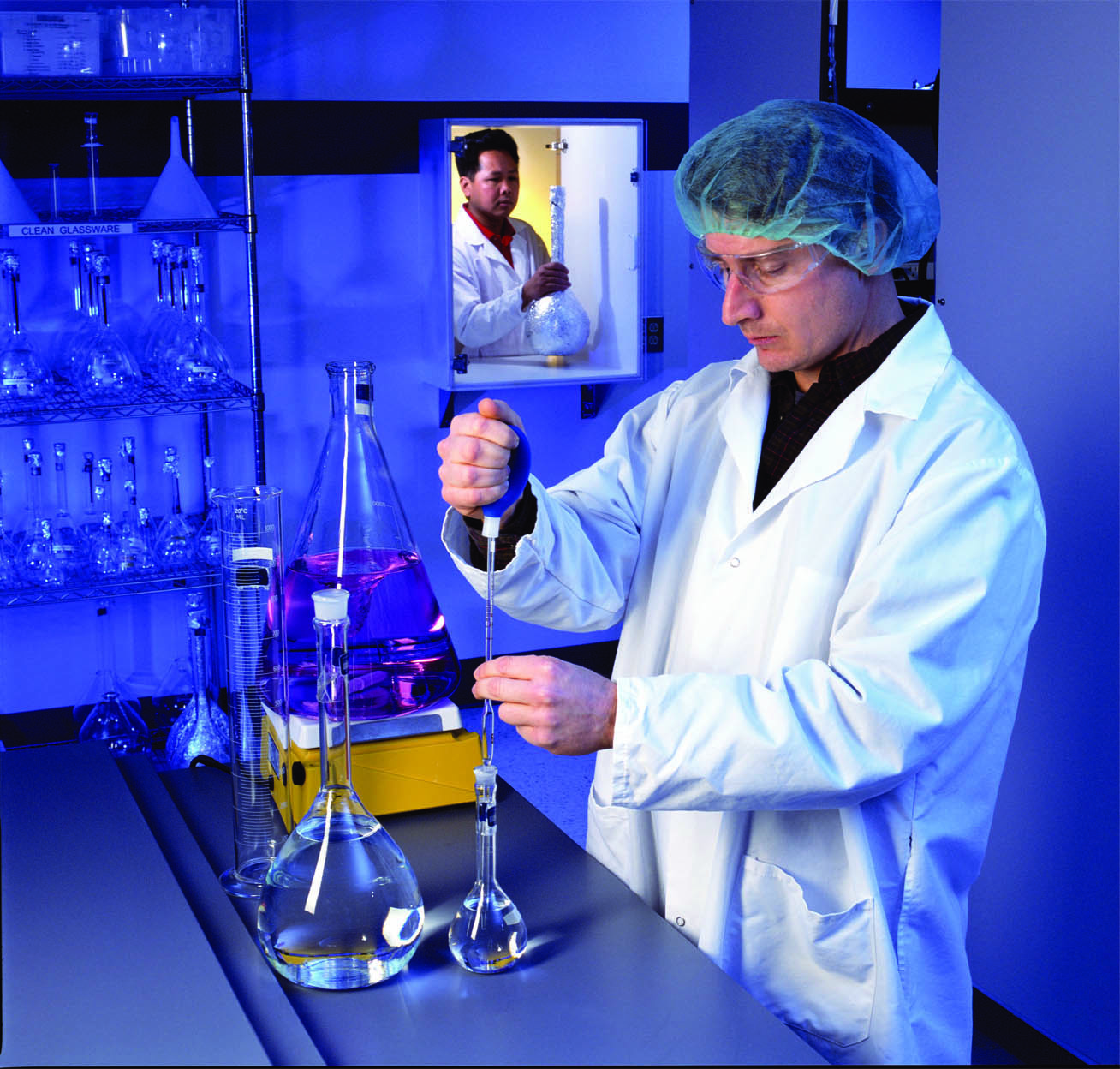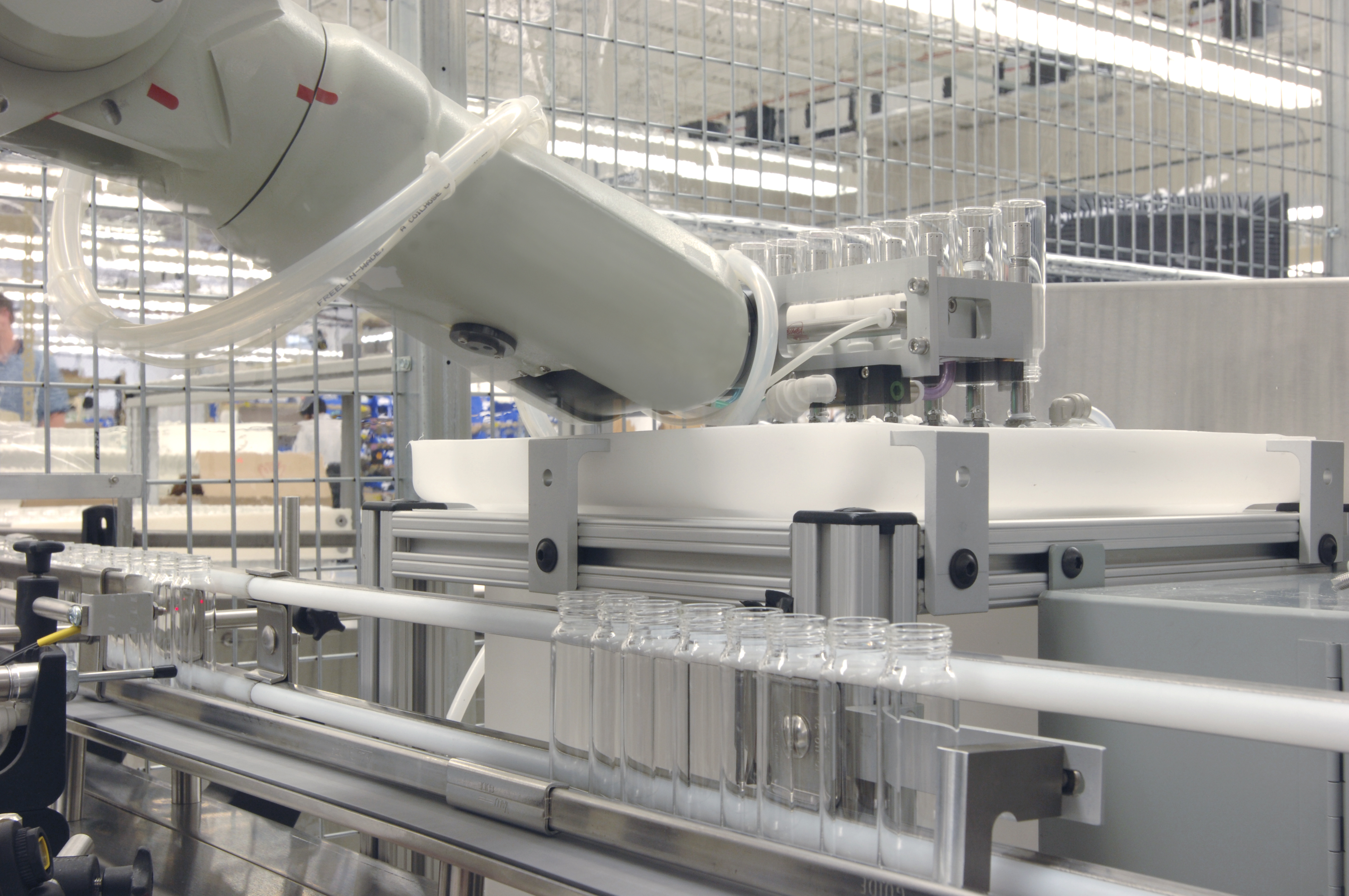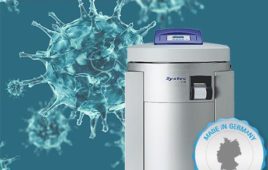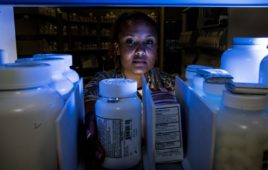
Analytical Instruments standards are certified for full traceability. All images: GE Water & Process Technologies
In the pharmaceutical industry, the traceability of prescription drugs is increasingly vital to the integrity of pharmaceutical products. By providing more end-to-end visibility into pharma supply chains, companies can better trace serialized products from wholesalers to end customers, enhancing the reliability of supply deliveries while also offering a way to detect counterfeit drugs and track diverted products.
With greater recognition of the importance of traceability, increased demand is being placed on the pharma industry to improve the robustness of traceability requirements. The Drug Supply Chain Security Act will eventually require serialization and item-level traceability of prescription drugs, enabling supply-chain partners to track product ownership to the manufacturer or re-packager.
Beyond the pharmaceutical supply chain, nearly every functional area within the pharmaceutical facility is now beginning to emphasize traceability. This includes cleaning validation studies and water quality monitoring, where thorough traceability requirements help ensure the accuracy, performance, and reliability of critical total organic carbon (TOC) measurements. The TOC instruments used for these measurements have become a widespread best practice throughout the pharmaceutical industry, providing a simple yet effective way to ensure that processes are in control.
Measurement traceability, as applied to TOC analyzers, refers to an unbroken chain of comparisons relating an instrument’s measurements to a known standard. For industries that rely on TOC measurements, calibration and verification are the most commonly used methods to align an instrument with a traceable standard for determining precision and accuracy.
Measurement failures and Out-of-Specifications
Out-of-Specification (OOS) results refer to test results that fall outside established specifications. When an OOS result occurs, FDA regulations require that an investigation be conducted to determine the cause and that a written record of the investigation be made, including conclusions and follow-up. Whether a sample preparation or an actual process issue, there is a limited amount of time before costs begin to rise as the root cause investigation is conducted.
Although an OOS may seem inconsequential, it can lead to production delays and question the validity of data. An OOS can also compound the risks associated with instrument certification, the standard that is used, or even the person who is performing the work. Cases where data drift out of tolerance can severely affect business. As such, metrology groups are under pressure to quickly resolve these situations and re-certify an analyzer for further use.
Improved traceability can shorten the resolution of an OSS and details or reports supplied by vendors to help quickly close out non-conformances are invaluable. In particular, a failure analysis report (FAR) is an important tool in traceability.
For example, an OSS investigation would be triggered if a pharmaceutical company reports a TOC value exceeding their limit for a cleaning validation (CV) study. The company may troubleshoot this measurement and investigate if the instrument is flawed, the vial contaminated, or if the sample does indeed have a higher organic concentration. If the components of the measure are supplied by a single vendor, the vendor provides a FAR, which cross references the lot numbers of the company’s:
• Vials used to collect the CV samples;
• Standards bracketing the TOC samples against any other reports covering the same lot (providing full visibility into the quality checks associated with empty vials);
• Reference materials; and
• TOC instrument health.
If these elements are validated through a FAR, then the company can be confident that the measurement does accurately reflect an increase in TOC, which can help resolve the OOS investigation efficiently.
Why do accreditations matter?
ISO Guide 34 and ISO/IEC 17025 accreditations ensure that manufactured reference materials used for equipment calibrations are consistently produced, controlled, and audited to robust quality standards. ISO Guide 34 provides the highest level of quality assurance and certifies that a manufacturer’s processes comply with strict guidelines and include all contributing factors to uncertainty. ISO/IEC 17025 certifies the reliability of the testing performed in conjunction with reference material production and confirms the manufacturer’s ability to produce precise, accurate test and calibration data with the instruments used to qualify each production lot.
Without these accreditations (whether purchased from a supplier or made in-house), pharmaceutical manufacturers cannot be confident in the consistency and, thus, the traceability of standards.
Analytical Instruments: Full in-house traceability
Pharmaceutical companies face mounting pressures for increased traceability within their supply chains. This includes the need to close out non-conformances and OSSs quickly. Because of this, traceability of every material and instrument used in processes becomes important. Analytical Instruments addresses these concerns by offering:
• The highest combined accreditation standard in the industry (ISO Guide 34 and ISO/IEC 17025 accredited for the production and testing of TOC and conductivity standards).
• Full traceability of both standards and vials (due to cleaning its own vials used in standards production).
• Full visibility and traceability of standards and reference materials, and vials and instrument health, including the availability of Failure Analysis Reports.
Complete traceability of reference materials, vials, and instruments helps pharmaceutical companies efficiently “close the loop” on TOC out-of-specifications … reducing risks, increasing data quality, and ensuring a reliable and accurate total TOC measurement solution.
Erin England is Consumables Product Manager with GE Water & Process Technologies in Boulder, Colo. [email protected]; www.geinstruments.com

Cleaned vials in GE’s Boulder, Colo., facility.



